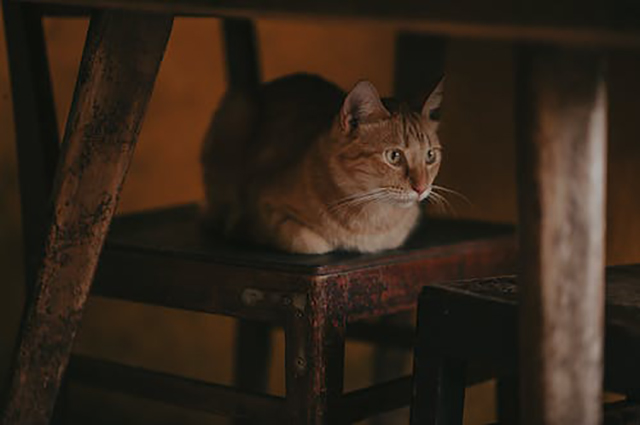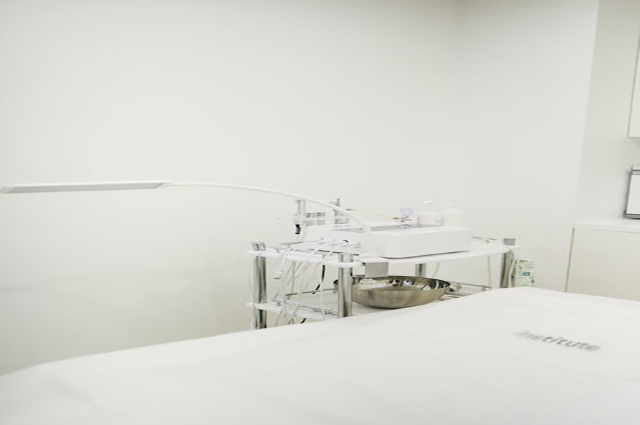最佳答案
alive, living, live和lively
这四个词都可以用作形容词,但用法不一样。
1.1) alive常做表语形容词,作“活着的”,“在世的”解,它既可以修饰人也可
alive, living, live和lively
这四个词都可以用作形容词,但用法不一样。
1.1) alive常做表语形容词,作“活着的”,“在世的”解,它既可以修饰人也可以修饰物。
They were alive and as happy as ever.
他们都还活着,并且跟以前一样快活。
The tiger is still alive
那只老虎仍然活着。
2) alive作定语时,应将其放在被修饰的名词后面。
All the other comrades were killed in the battle. He was the only man alive.
所有的同志都阵亡了,他是唯一的幸存者。
3) 有时 alive可以用作主语的补语。
The fish were caught alive.这些鱼被活捉。
2. 1) living意为“活着的”,主要用作定语,常置于名词之前,有时也可置于名词之后。也可用作表语。
Every living person has a name.
每一个活着的人都有一个名字。
Is Mrs. Smith still living?
史密斯太太还在世吗?
2) the living 表示“活着的人”。
The living are more important to us than the dead.
对我们来说活着的人比死了的人更重要。
3. 1) live 读[laiv],意为“活着的”,可以作定语,放在所修饰的名词之前,一般不用来修饰人。
The cat was playing with a live mouse.
这只猫在玩弄一只活老鼠。
2) live 还可以作“现在播出的”解。
It'll be the biggest live concert the world has ever seen.
那(场音乐会)将是全世界(的人曾经见过的)最大的一场现场直播音乐会。
3) live 还可用作动词读[liv],意为“生活”,“生存”。
Pandas usually live in the south and the southeast of China.
熊猫通常生活在中国的南部和东南部。
4. lively( 读作[laivli]),意为“生动的”,“活泼的”,“充满生气的”,用作表语或定语,可以用来修饰人或物。
The s ports ground is lively with all sorts of ball games.
运动场上要进行各种球类比赛,呈现出一派生气勃勃的景象。
The boy has a lively mind.
这男孩头脑灵活。







